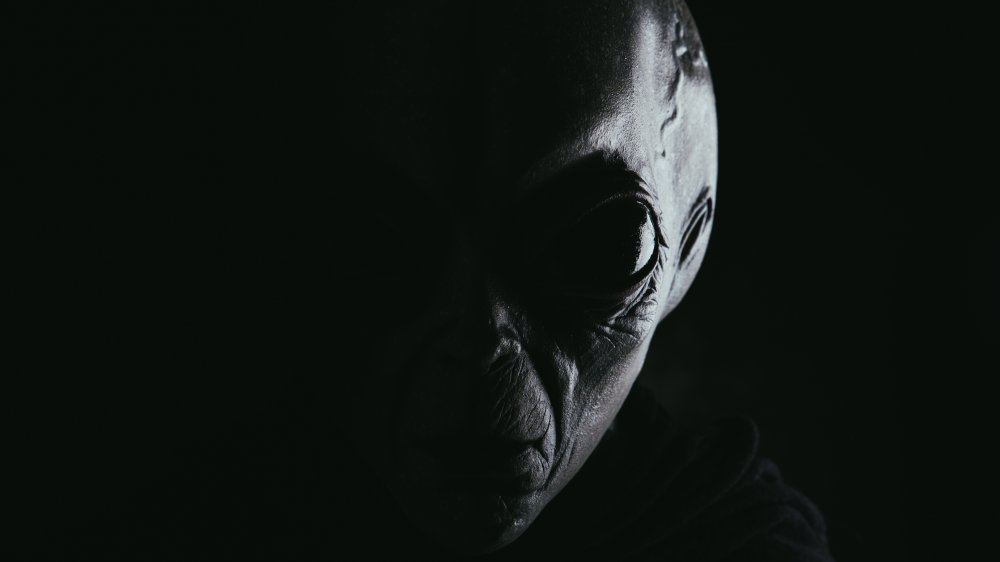Stinky, Poisonous Molecule May Indicate Extraterrestrial Life
Odiferous underarms, moldy cheese feet, rancid roadkill and acrid eggs — there's a lot of stank out there, and generally we want nothing to do with it. Entire industries have been built combatting nature's natural decay. We buy perfume, cologne, and to the delight of adolescents everywhere — Axe Body Spray.
But not even the classic "Phoenix" scent by Axe is stinky and poisonous enough to merit study by scientists. That distinction goes to "phosphine", which Phys.org ranks "among the stinkiest, most toxic gases on Earth, found in some of the foulest of places, including penguin dung heaps, the depths of swamps and bogs, and even in the bowels of some badgers and fish."
Why in tarnation would we seek out something so vile and hold it in high regard? Well, the fine folks at MIT have recently found that phosphine is also produced by anaerobic organisms like bacteria and microbes, which don't require oxygen to thrive. Moreover, they found that phosphine "cannot be produced in any other way except by these extreme, oxygen-averse organisms, making phosphine a pure biosignature—a sign of life (at least of a certain kind)."
Scent from the heavens
So, this stinky molecule could hold the key to showing us we're not alone. The article notes that if phosphine were produced in quantities similar to the amount of methane we have on Earth, we'd be able to detect it in a planet's atmosphere from up to 16 light years away. Especially on a rocky planet similar to our own, it would be a dead giveaway.
Phosphine isn't the only biomarker scientists are looking for — there is a list of over 16,000 potential candidates for signaling extraterrestrial life — but thanks to its discovery in anaerobic life, it's one of the most reliable.
The next time you're wandering distant galaxies and stumble upon something truly foul — don't hose it down with Axe — call MIT and let 'em know you've found a potential biomarker.

